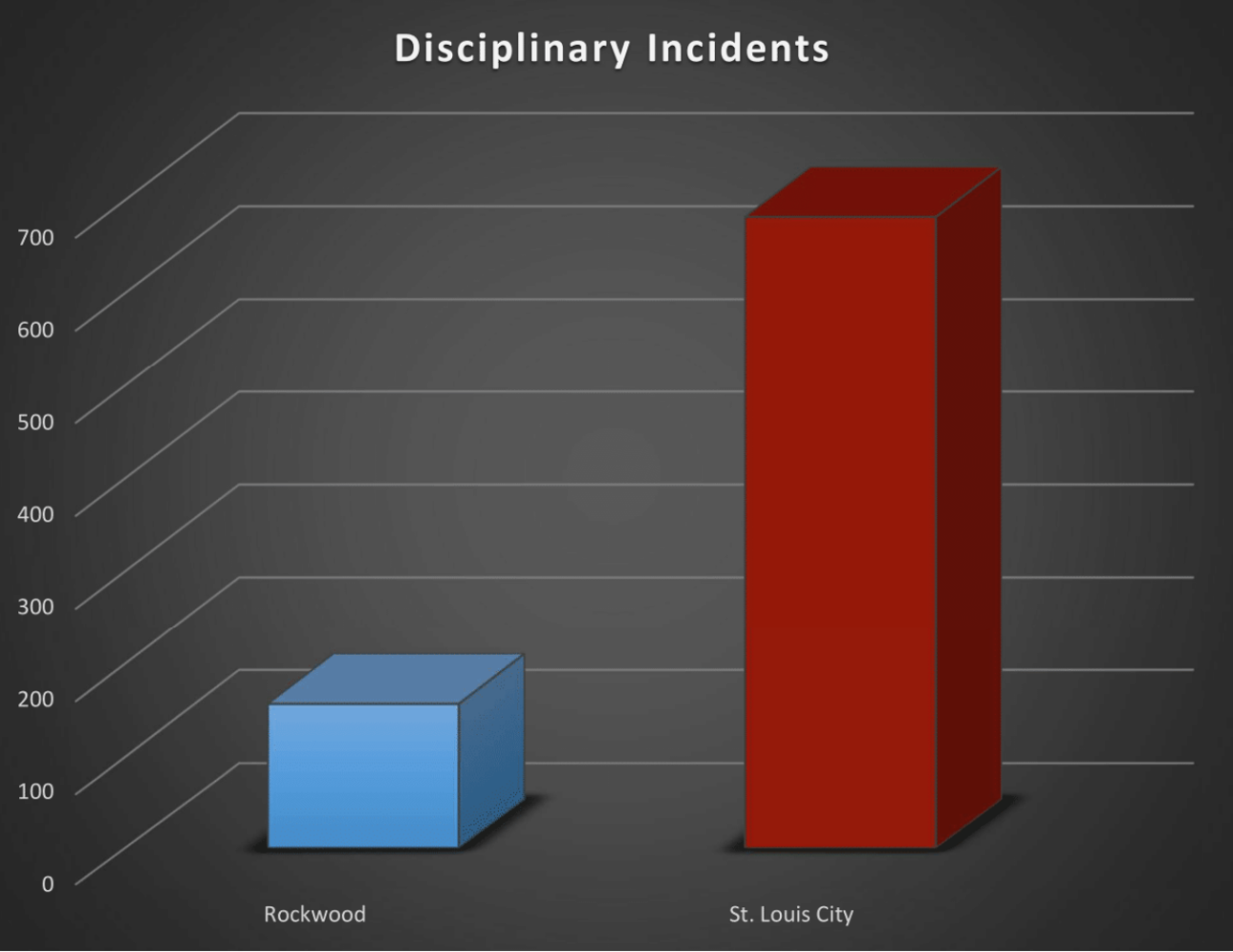Opinion: VICC should remain in operation
The Voluntary Interdistrict Choice Corporation (VICC) program is something that my generation, the Class of 2018, here at MHS has been around, but may have never been fully aware of.
The VICC program gives students who live within St. Louis city limits the opportunity to attend many schools in districts across the county. The goal of the program is to allow students whose assigned public schools do not provide comprehensive education, or even in some cases unaccredited education, to attend better schools and receive a better education, while also diversifying the population of county schools.
However, now the program is set to be phased out. No new students will be admitted to the program after 2024, unless they are siblings of students that are enrolled prior to 2024.
Sixteen districts make up the board that runs VICC, with one representative from each participating school district. This includes Rockwood Superintendent Dr. Eric Knost. At the meeting on Nov. 18, 2016, the VICC board voted to not extend the program for regular operation, but instead to start winding down VICC services.
To truly understand the VICC program, we have to understand the history behind it.
In 1972, the state of Missouri was sued for maintaining a segregated school system. By 1980, the U.S Court of Appeals ruled that indeed Missouri had maintained segregation. Hence they established the predecessor to the VICC program, a settlement agreement that allowed black students who went to school in the city to attend primarily white schools in the county paid in full by the state of Missouri. Then in 1999, federal supervision of the prior program ceased and the VICC program began, essentially a reorganizing with the same goals, though with no federal involvement.
The closure of VICC signals that schools within St. Louis city are improving. However, they are nowhere near as successful as many of their counterparts in St. Louis County.
According to the Missouri Department of Elementary and Secondary Education, the 2016 dropout rate for St. Louis city school district is 15.7 percent compared to Rockwood’s 0.6 percent. In the St. Louis School District, there were 682 disciplinary incidents while in Rockwood there were only 157. Even accounting for the student population, the rate of disciplinary action is only 0.7 percent compared to St. Louis School District’s 3 percent.
This rate is roughly 4.29 times Rockwood’s rate.
The VICC program has provided a unique setting for many students in my generation. It has allowed us to be around a far more diverse group of people. It makes us more tolerant of people and teaches us from an early age that people who may not look the same as us are not scary. They are just people, no different than you or I. The closure of the VICC program would completely negate this effect. Taking away the exposure to other people from different places at a young age may not inherently breed racism, but it can allow for more prejudice to enter young moldable minds, not because they are being taught wrong, but merely because they don’t understand otherwise.
I propose an extension at the very least. The root problem of segregation still echoes throughout our halls today. We have come a long way but the schools in the cities are not yet at par with the schools in the county. Until we do meet this standard, we have to combat the problem however we can, and that means continuing to give new generations opportunities to not just get an “accredited” education, but a good one.
Your donation will support the student journalists of Marquette High School. Your contribution will allow us to purchase equipment and cover our annual website hosting costs. You may become a PATRON by making a donation at one of these levels: White/$30, Green/$50, Blue/$100. Patron names will be published in the print newsmagazine, on the website and once per quarter on our social media accounts.

Alex McAteer, senior, is the Opinions Editor for the Marquette Messenger. Outside of journalism, he runs on the Cross Country team as well as throwing...









Shelby Hanes • Sep 2, 2017 at 9:21 AM
Alex! Thanks for sharing this. Your writing is wonderful, and you have always had a good head on your shoulders. Keep up the good work!
Lievanos • Sep 1, 2017 at 8:57 PM
Well written, with a message that rings true. We are one community that can only be divided if we allow it. Together we’re better. Excellent job spreading the message with your talents, Alex.
Ms Mayer • Sep 1, 2017 at 10:10 AM
Alex
Great article. Your points are spot on. I agree that the program should continue until we see a greater improvement in the other “failing” districts. Hopefully each generation contributes to their educational system increasing growth and improvement. As part of the generation that saw the program started I have seen many partipants learn so much from the program
Ms. Casey • Aug 31, 2017 at 4:51 PM
Well said!
Mary Rogers • Aug 31, 2017 at 2:07 PM
Alex~
Thank you so much for sharing your thoughts and ideas about this important program! We at Sherwood Forest Camp are very proud of you!
Terry Murphy • Aug 31, 2017 at 1:51 PM
Great article. I’m sure the problem on the surface is money but why would something so all around educational be fazed out. These kids, each and every one of them, are our future and it is most certainly a diverse society and work place out there. Sad to lose such a program.